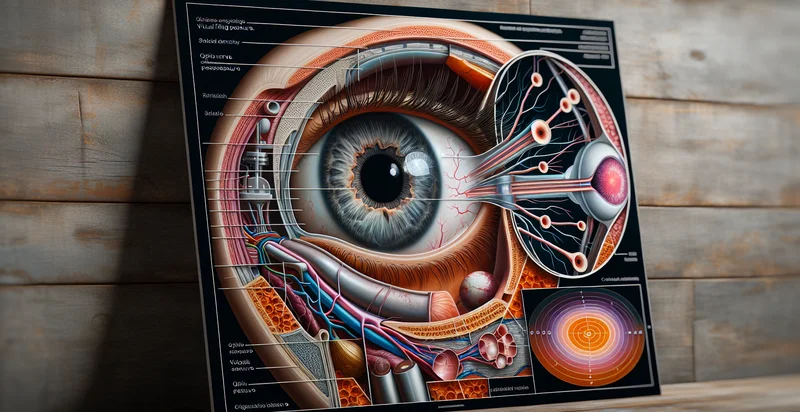Identify optic nerve health
using AI
Below is a free classifier to identify optic nerve health. Just upload your image, and our AI will predict the health of the optic nerve. - in just seconds.

Contact us for API access
Or, use Nyckel to build highly-accurate custom classifiers in just minutes. No PhD required.
Get started
import nyckel
credentials = nyckel.Credentials("YOUR_CLIENT_ID", "YOUR_CLIENT_SECRET")
nyckel.invoke("optic-nerve-health", "your_image_url", credentials)
fetch('https://www.nyckel.com/v1/functions/optic-nerve-health/invoke', {
method: 'POST',
headers: {
'Authorization': 'Bearer ' + 'YOUR_BEARER_TOKEN',
'Content-Type': 'application/json',
},
body: JSON.stringify(
{"data": "your_image_url"}
)
})
.then(response => response.json())
.then(data => console.log(data));
curl -X POST \
-H "Content-Type: application/json" \
-H "Authorization: Bearer YOUR_BEARER_TOKEN" \
-d '{"data": "your_image_url"}' \
https://www.nyckel.com/v1/functions/optic-nerve-health/invoke
How this classifier works
To start, upload your image. Our AI tool will then predict the health of the optic nerve..
This pretrained image model uses a Nyckel-created dataset and has 17 labels, including Atrophied, Compressed, Damaged, Degenerative, Disrupted, Enlarged, Fibrotic, Healthy, Hypoplastic and Hypotrophic.
We'll also show a confidence score (the higher the number, the more confident the AI model is around the health of the optic nerve.).
Whether you're just curious or building optic nerve health detection into your application, we hope our classifier proves helpful.
Related Classifiers
Need to identify optic nerve health at scale?
Get API or Zapier access to this classifier for free. It's perfect for:
- Early Diagnosis of Glaucoma: This function can be utilized in ophthalmology clinics to analyze optic nerve images and detect potential signs of glaucoma at its early stages. By identifying false images, healthcare providers can reduce misdiagnoses and ensure timely intervention, improving patient outcomes.
- Remote Patient Monitoring: Telemedicine platforms can integrate this identifier to monitor optic nerve health in patients via submitted images. This allows for continuous health assessment and minimizes the need for in-person visits, making it easier for patients in remote areas to receive expert evaluations.
- Clinical Trials for New Treatments: Pharmaceutical companies can employ this function to screen optic nerve images during clinical trials of new glaucoma treatments. Ensuring accurate classification of images helps in establishing the effectiveness of new drugs while addressing potential false positives or negatives in the analysis.
- Training and Education for Ophthalmologists: A training tool can be developed for medical students and residents, using this function to provide real-time feedback on their image classification skills. By showcasing examples of false judgments, learners can enhance their diagnostic abilities before entering clinical practice.
- Insurance Claims Review: Insurance companies can leverage this technology to validate submitted optic nerve images before approving claims related to eye health treatments. By identifying false images, insurers can prevent fraudulent claims while ensuring that patients are receiving the coverage they need.
- Artificial Intelligence Model Collaboration: AI and machine learning companies can use this function as a benchmark to compare against their algorithms. By identifying false images, these companies can refine their models and improve the accuracy of optical health assessments.
- Patient Education Tools: Healthcare providers can develop educational applications that explain the importance of optic nerve health. By utilizing the false image classification function, these apps can show patients examples of real versus false images, thus enhancing understanding and compliance with health screenings.


